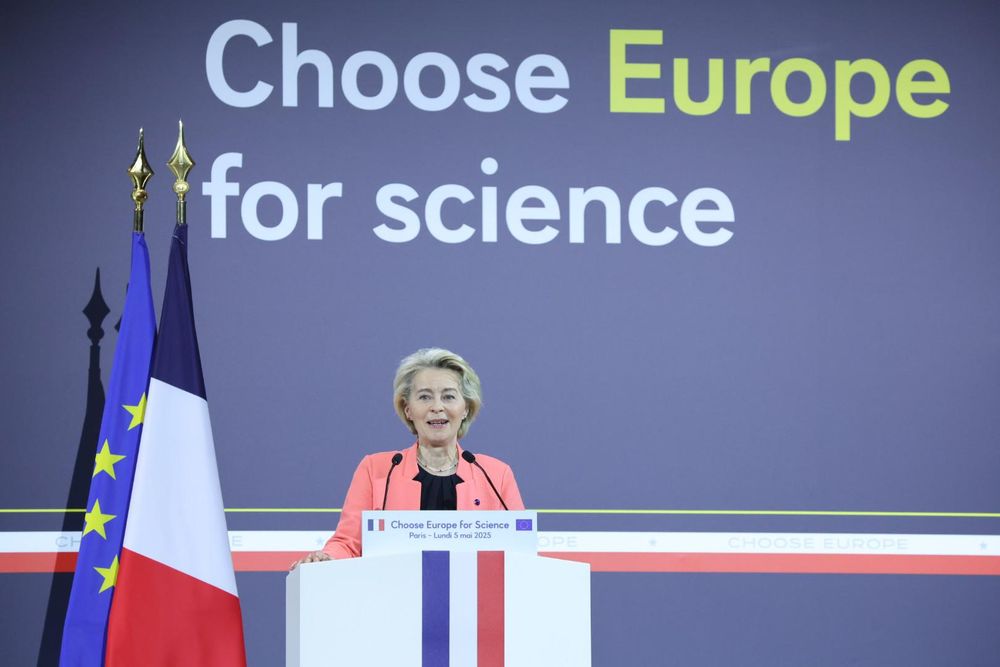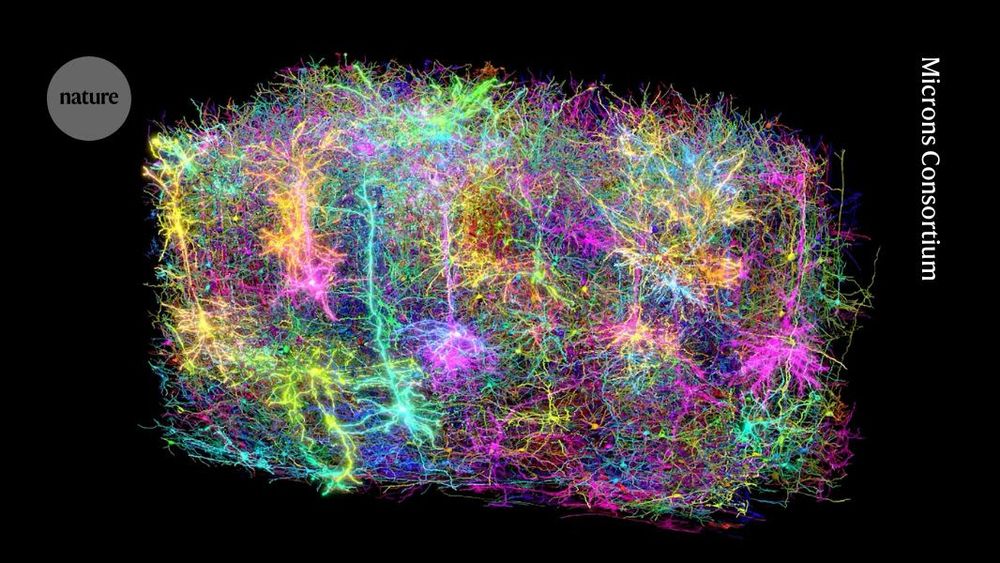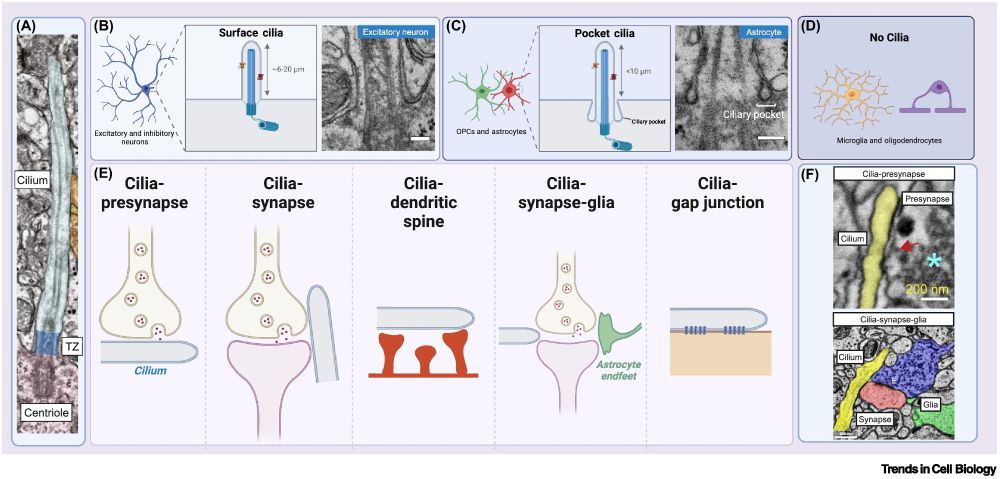Sunday November 16th 1-4pm SDCC Room 25A. Thrilled to chair with @konjikusicmia.bsky.social - we'll see you there!

Kenshiro Fujise, Jaya Mishra, Nasser Karmali & Nisha M. Rafiq @nishamrafiq.bsky.social
www.cell.com/trends/neuro...

Kenshiro Fujise, Jaya Mishra, Nasser Karmali & Nisha M. Rafiq @nishamrafiq.bsky.social
www.cell.com/trends/neuro...
Asgard histones form closed and open hypernucleosomes. Closed are conserved across #Archaea, while open resemble eukaryotic H3–H4 octasomes and are Asgard-specific. More here: www.cell.com/molecular-ce...

Sunday November 16th 1-4pm SDCC Room 25A. Thrilled to chair with @konjikusicmia.bsky.social - we'll see you there!

So does your dopaminergic synapse! 😎🧠
Our new Trends in Neurosciences review dives into the non-classical side of dopamine signaling, notably the tools reshaping how we see it (CLEM, cryo-CLEM, serial EM + more).

So does your dopaminergic synapse! 😎🧠
Our new Trends in Neurosciences review dives into the non-classical side of dopamine signaling, notably the tools reshaping how we see it (CLEM, cryo-CLEM, serial EM + more).
Open access link below:
www.nature.com/articles/s41...
Here's a cool animated summary
@mike-hanna.bsky.social et al, @pdc-lab.bsky.social
www.embopress.org/doi/full/10....



To put science at the heart of its economy.
To become the home of scientific freedom and collaboration.
And to welcome talent from all over the world.
I’m glad to present the first elements of our Choose Europe Initiative.
→ europa.eu/!TTbWbJ


www.nature.com/articles/s41...
www.nature.com/articles/s41...
It’s open to anyone in the 🌍
Call open 9 April 25
marie-sklodowska-curie-actions.ec.europa.eu/actions/post...
It’s open to anyone in the 🌍
Call open 9 April 25
marie-sklodowska-curie-actions.ec.europa.eu/actions/post...
Neural development and brain circuit evolution converged in birds and mammals
www.science.org/doi/10.1126/...

Neural development and brain circuit evolution converged in birds and mammals
www.science.org/doi/10.1126/...
We too showed this in iPSC-derived DA neurons, of course using just regular EM 😃 See link here: www.nature.com/articles/s41...
Exciting times for non-classical synapse!

We too showed this in iPSC-derived DA neurons, of course using just regular EM 😃 See link here: www.nature.com/articles/s41...
Exciting times for non-classical synapse!
![Top: MRAP2 facilitates the import of MC4R into cilia. Representative images of IMCD3-[MC4R3NG] (top row) or IMCD3-[MRAP23FLAG;MC4R3NG] (bottom row). Serum-starved cells were treated for 24 h with either HS014, AgRP, or vehicle, then fixed and stained for acetylated tubulin (acTub, magenta) and DNA (cyan). MC4R3NG was visualized through the intrinsic fluorescence of NG (yellow). The yellow and magenta channels are shifted to facilitate visualization of ciliary signals in the insets. Scale bars: 5 μm (main panel) and 1 μm (inset). Bottom: General and MC4R-specific models of regulated trafficking. Most ciliary GPCRs undergo exit once activated by their agonist. In the case of MC4R, exit is spontaneous in the absence of ligand and only in the presence of an inverse agonist does MC4R exit become interrupted. In both models, β-arrestin senses the activated state of the GPCR (agonist bound for most GPCRs, ligand free or agonist-bound for MC4R) and recruits the ubiquitination machinery to the activated GPCR. Unique to MC4R is that the receptor constitutively couples to β-arrestin. Once ubiquitinated, ciliary GPCRs are committed for retrieval back into the cell via TOM1L2 (dark purple) which endows the BBSome (pink) with the ability to recognize ubiquitin chains and move ubiquitinated proteins out of cilia.](https://cdn.bsky.app/img/feed_thumbnail/plain/did:plc:5522ztebtekoor5efelihqhb/bafkreie3fepqrfc4e5tmfeb2jwquezqlsg5gosrgqe2qlaycqyxs5gntfu@jpeg)



